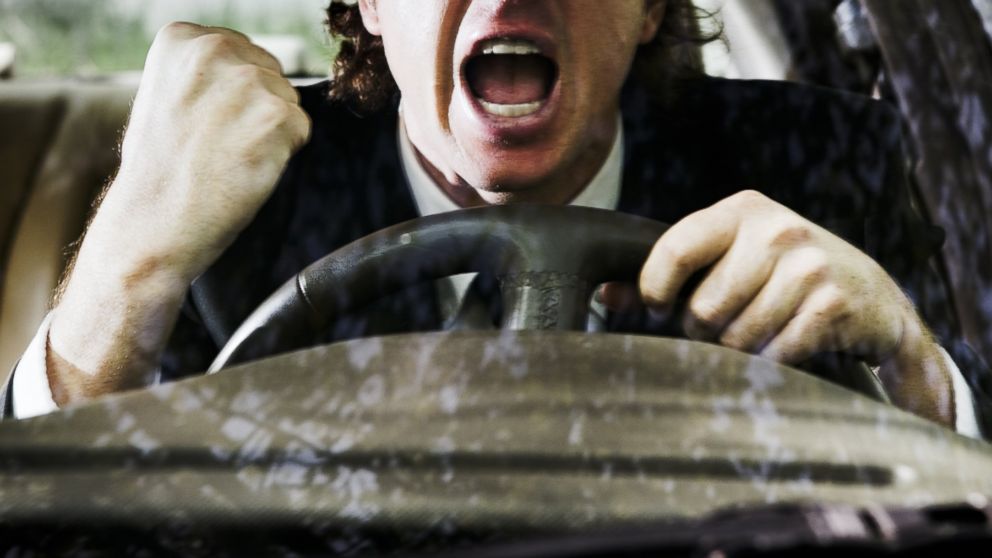Emotional Driving Increases Crash Risk Nearly Tenfold, Study Says
Driving while angry increases crash risk by 9.8 times, study says.

— -- You may not want to get behind the wheel when you’re fuming with anger or crying.
Emotional driving -- operating a vehicle while visibly sad, angry or agitated -- increases crash risk nearly tenfold, according to new research from Virginia Tech’s Transportation Institute.
In additional to emotional driving, distracted driving more than doubles a driver's crash risk, the study says. Yet drivers engage in attention-diverting activities over half the time, according to the research.
The urge to be constantly connected may be one reason the U.S. has fallen behind in fatalities per mile traveled (we’re currently 17th in the world) -- and smart tech has “the potential to escalate distraction-related crashes in the future,” the study says.
"Our analysis shows that, if we take no steps in the near future to limit the number of distracting activities in a vehicle, those who represent the next generation of drivers will only continue to be at greater risk of a crash," Tom Dingus, the study’s lead author, said in a statement.
In fact, more than a third of the United States' 11 million annual crashes "could be avoided" if distraction were eliminated, the study estimates.
The list of distractions aren't only smartphones, but also include observable distractions -- including adjusting climate control, eating and operating the car's touch-screen display.
Certain activities -- like reaching for an out-of-reach object or dialing a cell phone -- are especially dangerous, increasing crash risk by between 9 and 12 percent, according to the study. But other activities traditionally cited as extremely distracting, like applying makeup or interacting with a child in the back seat, weren’t quite as risky, according to the research.
The best drivers are those that are "alert, attentive, and sober," researchers said.




